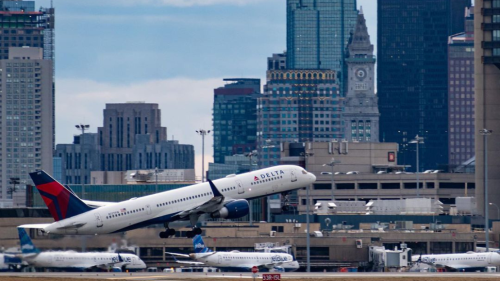Boston scored a 69 out of 100 on Walk Score’s bikeability meter, deeming it a “bikeable” city. Nice. Our score is determined by four components: bike lanes, hills, destinations and connectivity, and bicycle mode share. Wondering what all that means? Let’s bike it out.
Bike lanes 🛣️
Walk Score rates this category on the total length of bike paths and lanes. Learn more about bike lanes or plan a bike commute.
Hill score 🏔️
Hilliness is based on the steepest grade within our area, calculated using the National Elevation Data set from the United States Geological Survey (USGC). Play with the USGS’ interactive map to learn more about nearby topography.
Destinations and connectivity 🗺️
This uses our city’s Walk Score, which measures whether or not you need a car to run daily errands.
Bicycle mode share 🤝
This category takes into account the social nature of bicycling. There’s safety in numbers. Even if a city doesn’t have tons of infrastructure for cyclists, more cyclists mean more drivers are aware of bicycles — which makes roadways safer.
How can we boost our score? 🚲
Our city is already taking steps (er, pedals?) towards becoming more bike-friendly with initiatives like the new Safety Surge program and bike lane initiatives, which prioritizes pedestrian and bicyclist safety.
But the top way to increase the bikeability of our city is — you guessed it — by biking more. We can boost our community score by learning more about biking in our city.
If you don’t have a bike already, check out e-bikes in Boston. Or support one of these local bike shops:
- Urban Cycles, 109 Atlantic Ave.
- Community Bike Supply, 496 Tremont St.
- The Boston Bike Company, 2322 Massachusetts Ave.
Looking for more bike shops? Here are eight more local shops.










